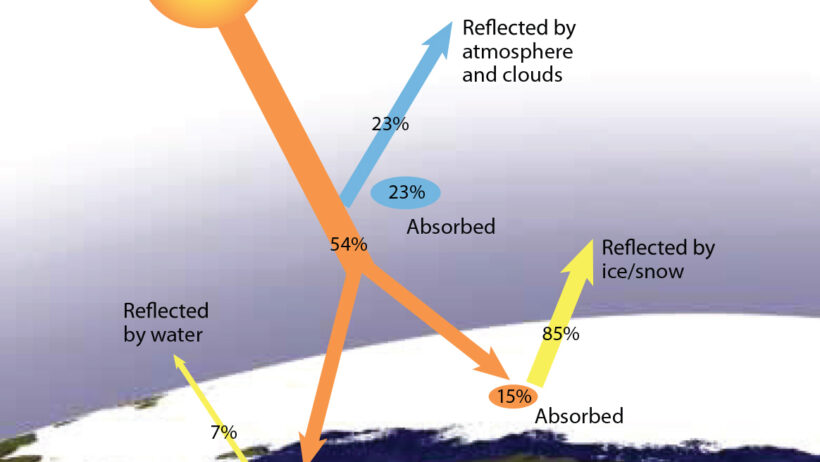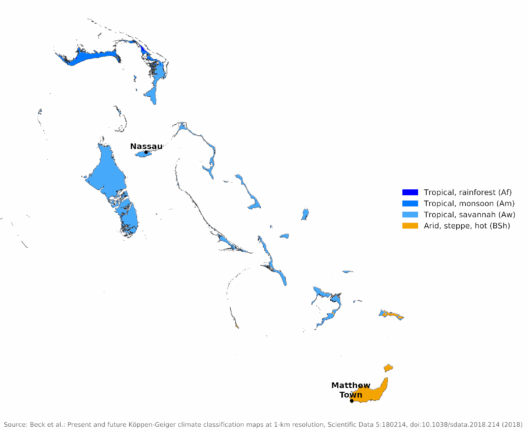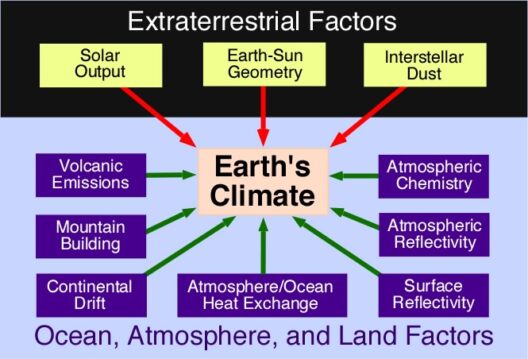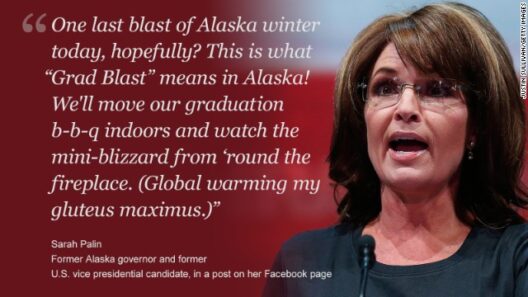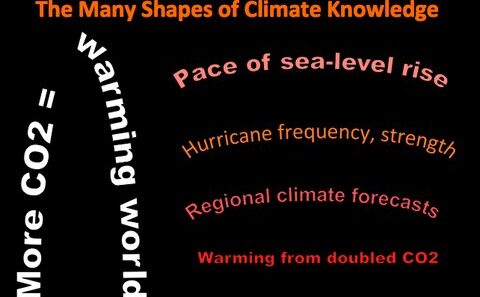The Arctic, a vast expanse of frozen beauty, is not just an ecological frontier; it is a critical component of Earth’s climate system. One of its key characteristics, albedo, refers to the reflectivity of a surface. Ice and snow possess a high albedo, reflecting most sunlight and thus helping to regulate global temperatures. However, as climate change continues to exacerbate global warming, the melting ice in the Arctic leads to a significant alteration of the region’s albedo, with profound implications for the planet’s climate and future.
Across the Arctic, the epitome of pristine wilderness, the landscape is undergoing a drastic transformation. Glaciers retreat, and ice sheets dissolve into the ocean, unveiling darker surfaces such as water and land. The darker surfaces invariably absorb more solar radiation compared to their lighter counterparts, creating a self-reinforcing cycle known as the albedo feedback. As more ice melts, less sunlight is reflected, leading to warmer temperatures, which in turn causes more ice to melt. This feedback loop is not merely an academic concern; its repercussions are felt globally, as these climatic shifts reverberate through weather patterns, sea levels, and ecosystem dynamics.
Understanding the Arctic’s albedo is fundamental to grasping the extensive implications of global warming. Albedo is critical in controlling the thermal dynamics of the Earth’s climate. It acts as a natural thermostat, maintaining temperature equilibrium. When ice and snow are abundant, they effectively regulate the amount of solar energy absorbed by the Earth. Conversely, diminishing ice coverage reduces albedo and facilitates increased warming, contributing to more pronounced and accelerated climate changes.
This decline in Arctic ice is not an isolated phenomenon. It is tied to a broader context of global warming caused predominantly by anthropogenic greenhouse gas emissions. As industrial activities continue to pump carbon dioxide and other greenhouse gases into the atmosphere, they intensify the greenhouse effect, trapping heat and further catalyzing ice melt in polar regions. The relentless increase in global temperatures is thus intricately linked with these changes in Arctic albedo.
The consequences of diminishing albedo extend well beyond the Arctic circle, impacting weather systems across the globe. Changes in the Arctic can disrupt the jet stream, leading to altered atmospheric circulation patterns. As these patterns shift, they can create extreme weather events, such as prolonged heatwaves in one region and intense cold snaps in another, significantly affecting agriculture, water resources, and biodiversity.
Moreover, the melting Arctic ice contributes to rising sea levels, exacerbating the vulnerability of coastal communities worldwide. As glaciers and ice sheets discharge vast quantities of freshwater into the ocean, they cause an increase in sea levels, which threatens low-lying coastal cities and ecosystems. This rising tide presents an existential threat to many populations, who may find their homes submerged and livelihoods disrupted.
In the ecological realm, alterations to Arctic ecosystems induce shifts that resonate throughout food webs. The melting ice disrupts habitats for marine mammals and migratory birds while affecting the entire Arctic food chain. Furthermore, the transition from ice-covered waters to open seas encourages phytoplankton blooms, which can initially seem beneficial. However, the long-term implications may disrupt existing food networks and ultimately harm fish populations that rely on the stability of icy habitats.
Scientific observations have elucidated the crucial connection between Arctic conditions and global climatic patterns. The Arctic serves as a barometer for the health of the planet. As the ice continues to decline, the urgency to mitigate climate change heightens. Immediate action is paramount; the long-term viability of both Arctic ecosystems and global systems hinges on the decisive steps humanity takes today.
While the plight of the Arctic and its albedo may appear distant to many, the interconnectedness of climate systems underscores its relevance to all. The melting ice heralds critical signals about the trajectory of climate change, advocating for a universal recognition of our shared responsibility. The human footprint stretches far across this remote region, and its implications are palpable in our daily lives, from the air we breathe to the resources we rely on.
The nexus of global warming and Arctic albedo represents a clarion call for sustainable practices and policies that prioritize environmental stewardship over short-term gains. Transitioning to renewable energy sources, reducing greenhouse gas emissions, and fostering a culture of conservation could indeed ameliorate some of the adverse effects of climate change.
Rather than merely observing the changes, action is imperative. Advocacy, education, and community engagement are vital in promoting understanding and driving behavioral change. The collective knowledge and power must converge to combat the underlying causes of climate change, ensuring that future generations inherit a world where the Arctic remains a bastion of ice, not a testament to our negligence.
In conclusion, the changes occurring in the Arctic due to global warming significantly affect the Earth’s albedo. This transformation poses real and immediate threats to global climate stability. Addressing climate change is not merely an environmental endeavor; it is a commitment to securing a viable future for all inhabitants of Earth. The time to act is now. We must endeavor to safeguard this extraordinary region and, in doing so, protect our shared home.



